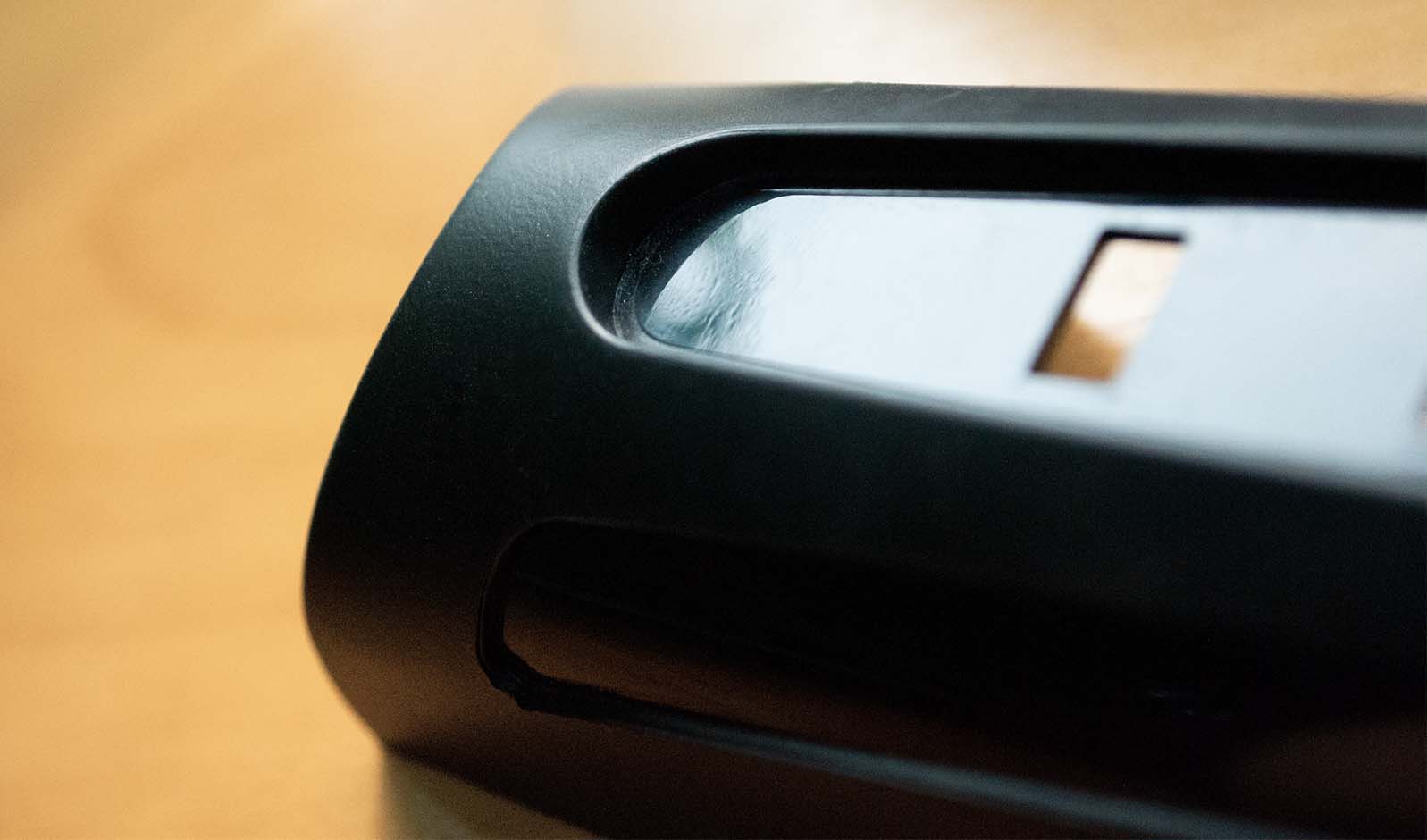Rather than being constrained by a single plastic material, overmoulding is an injection moulding technique that makes it possible to combine two or more materials to form a single product. This process has gained immense popularity among electronic producers, automotive manufacturers, and other mass producers due to its benefits in terms of design flexibility, enhanced product performance, and cost-effectiveness.
In this article, we’ll provide an overview of overmoulding and how it compares to other processes, it’s advantages, examples of how it’s being used, materials compatible with the process, and how to decide if overmoulding is right for your next project.
Overmoulding is a multi-step injection moulding technique where two or more components are moulded over top of one another to form a single component. A base layer (substrate) is injection moulded first—typically a rigid material—followed by moulding a second material (commonly a rubber-like plastic called TPE) over it, resulting in a permanent bond. The aim of overmoulding is to combine multiple plastic parts together in a seamless fashion to create a single, integrated product. It eliminates the need for additional mechanical assembly, improves overall production efficiency, and enhances product functionality and aesthetics.

Insert moulding and overmoulding are both multi-material techniques used to mould one material over another to create a single integrated part. The key difference is that insert moulding involves injecting a single shot of molten plastic over a pre-existing or pre-fabricated component, whereas overmoulding involves two (or more) shots of material: the first to form the substrate and the second to create the overmoulded part.
Additionally, while insert moulding is typically used to eliminate the need for additional assembly, overmoulding is used to create a permanent and inherently strong bond between different materials. For a more in-depth understanding, read the the full guide on the key differences between overmoulding and insert moulding.
Two-shot moulding, also known as double-shot or 2k-shot moulding, is a process in which the injection presses are equipped with two (or more) barrels. Two different materials are then sequentially injected into the same mould in a single machining cycle. In comparison, overmoulding involves a standard single barrel. The first shot forms the substrate and the mould then rotates 180 degrees, aligning the injection location with the second barrel to form the overmoulded part.

Get a quote within 48 hours or less
1. To Reduce the Number of Manufacturing Steps
Overmoulding reduces the need for secondary operations by avoiding manual assembly between two moulded parts. It also makes it easier to create complex and intricate part designs or precise features required for sealing due to the simplified assembly process and precise repeatability of the tooling process.
2. To Improve Ergonomics and Product Performance
Overmoulding allows for the combination of multiple materials with different properties in a single part, which can improve ergonomics and facilitate better product performance, including improved grip, cushioning, sealing, chemical/UV resistance, durability, and vibration damping.

3. To Increase Shelf Appeal
Overmoulding not only improves the functionality of a part but also its desirability. It’s used for multi-color parts, engineered for different finishes, and can also be overmoulded on patterned or customised substrates, which can help a product stand out from the competition.
4. To Lower Production Costs
The ability to reduce the need for assembly and number of manufacturing steps can significantly help save on costs – especially for larger volume projects. If successful, it also reduces the potential for errors that could occur during assembly, which can lead to substantial cost savings in the future.
Many everyday objects are made via overmoulding, from kitchen utensils to power drills, toothbrushes and remote controllers. Some popular applications of overmoulding include:
The overmoulding process typically involves the use of a rigid substrate. It’s also important to choose a substrate material with a higher melt temperature than the overmoulding material so the substrate isn’t melted by the overmoulding shot.
Common substrate materials include:

The second material, or overmould material, is generally softer, but not always. It’s possible to overmould the same material, such as ABS material over ABS, to achieve additional features or properties.
Common overmould materials include:
Overmoulding can be a costly process. Before committing to the process, it’s worth asking yourself these questions:

Upload CAD, get a quote
Overmoulding is a complex process that when executed correctly, can deliver cost-effective, efficient and durable results. As such, it is strongly advisable to consult with a tooling and plastic injection moulding professional when undertaking such projects. Looking to produce your custom-insert moulded parts? Simply submit your CAD designs and project details via our site contact form, and our team will get back to you with a quote within 24 hours.
